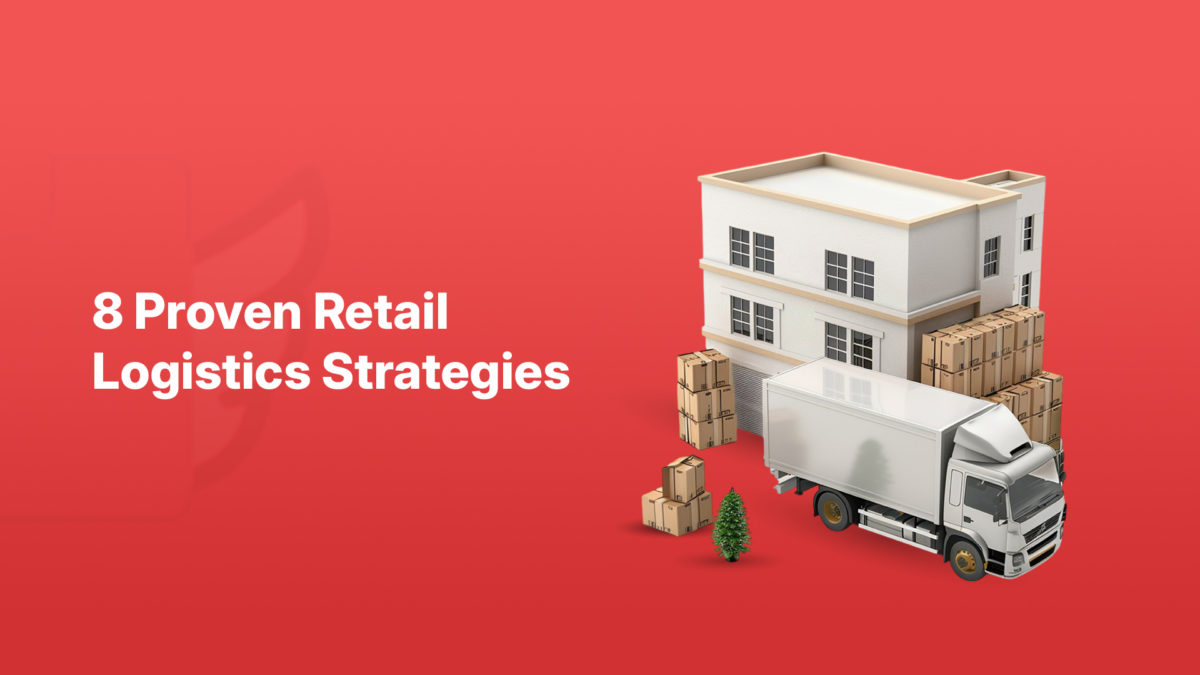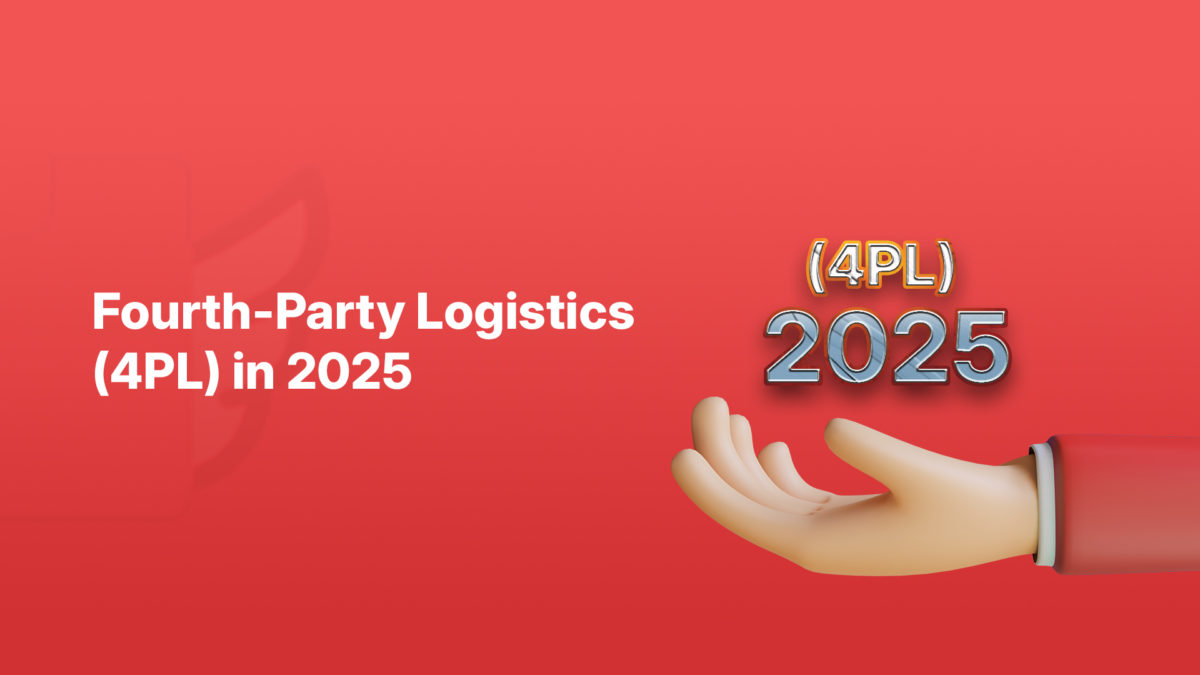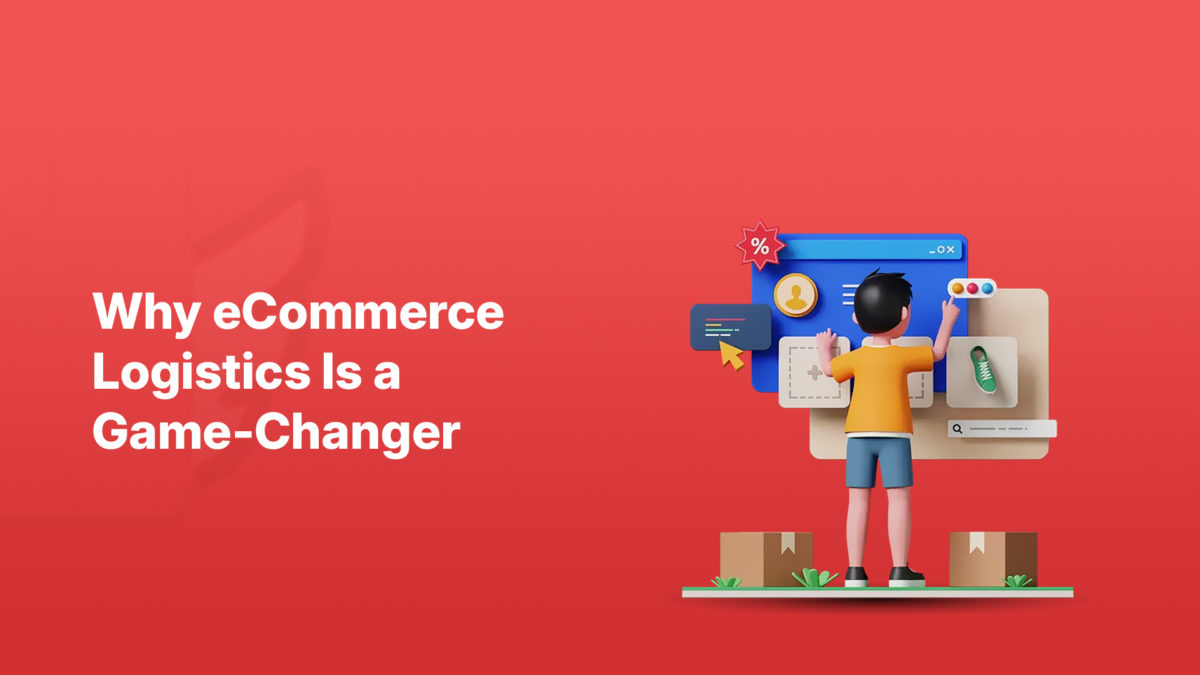The Growing Role of Shipping in eCommerce
The digital marketplace is evolving rapidly, with global eCommerce sales expected to surpass $6 trillion by the end of 2024. Amidst this growth, shipping has become more than just a backend operation—it’s now a decisive factor in customer satisfaction and brand loyalty. A staggering 87% of online shoppers say that shipping speed influences their buying decisions, while 68% abandon carts due to high shipping costs.
In 2025, businesses can no longer afford to treat shipping as an afterthought. Efficient, fast, and cost-effective shipping strategies are essential to compete, retain customers, and grow revenue.
What is eCommerce Shipping?
eCommerce shipping encompasses the entire logistics process of delivering products ordered online—from the warehouse to the customer’s doorstep. It includes:
- Order processing
- Carrier selection
- Shipping label creation
- Packaging
- Last-mile delivery
- Return logistics
This process must be optimized for both speed and cost-efficiency to ensure a seamless buyer experience.
Top Challenges in eCommerce Shipping
- Rising Customer Expectations
Modern consumers expect free, fast, and flexible delivery with real-time updates. Failing to deliver can cost you customer trust and loyalty.
Solution: Offer a mix of affordable and express delivery options to meet diverse expectations.
- Managing High Delivery Costs
Shipping is one of the biggest operational expenses. From packaging materials to carrier fees, costs can quickly spiral.
Solution: Leverage negotiated rates, optimize packaging, and consolidate shipments.
- Lack of Supply Chain Visibility
Inadequate visibility results in late deliveries and stock issues, affecting both sales and satisfaction.
Solution: Invest in supply chain tracking systems for end-to-end visibility.
- Complexities of Last-Mile Delivery
Last-mile logistics are often the most expensive and unpredictable due to traffic, remote locations, and same-day expectations.
Solution: Use route optimization tools and local delivery partners for efficiency.
- Handling Returns Efficiently
Online returns can exceed 30%, disrupting inventory and increasing costs.
Solution: Develop a hassle-free returns process that encourages repeat purchases.
- Sustainability Pressure
Eco-conscious consumers now expect greener shipping solutions like recyclable packaging and carbon offsetting.
Solution: Introduce biodegradable materials and partner with sustainable couriers.
Effective eCommerce Shipping Methods
- Two-Day Delivery
Now an industry standard, two-day shipping boosts conversion rates and builds loyalty.
Tip: Partner with regional couriers to meet tight delivery windows.
- Same-Day Delivery
Perfect for perishables and urgent orders, this option attracts premium buyers.
Challenge: High cost and logistics demand a robust local network.
- Overnight Shipping
Ideal for urgent needs, this method promises next-day delivery.
Trade-off: Higher shipping fees must be offset by customer willingness to pay.
- Expedited Shipping
Faster than standard without the price tag of overnight options.
Strategy: Offer this as a mid-tier choice to balance customer expectations and costs.
- International Shipping
Cross-border commerce expands your reach but comes with customs, tax, and compliance challenges.
Tip: Partner with global logistics experts and automate customs documentation.
- Eco-Friendly Shipping
Use recycled materials and carbon-neutral delivery to appeal to green-minded buyers.
Bonus: Enhance your brand image while contributing to environmental sustainability.
- Hybrid Shipping Models
Services like combining national couriers with local post ensure cost-effective deliveries.
Note: May slightly increase delivery time but reduces last-mile costs.
- Freight Shipping
Best for bulky items, this method uses pallets and containers for large-volume deliveries.
Consideration: Suitable for B2B and international shipments.
- Flat-Rate Shipping
Charge a fixed shipping fee, regardless of weight or destination.
Advantage: Simple pricing model that customers understand easily.
eCommerce Shipping Cost Breakdown
- Packaging Expenses
Branded packaging enhances unboxing but increases cost. Optimize for dimensional weight to save on courier charges.
- Delivery Speed Premiums
Faster shipping options cost more. Use volume-based pricing negotiations to lower these rates.
- Cross-Border Fees
Customs, tariffs, and taxes vary widely. Understand local laws to avoid surprise charges.
- Shipping Label Costs
Invest in thermal printers for high-volume operations. Integrated shipping platforms may also charge per label.
- Bulk Shipping Discounts
Negotiate with carriers to reduce per-package rates for larger order volumes.
- Shipping Insurance
Protects against losses or damages, especially for high-value or fragile items. Offer optional coverage to customers.
How to Choose the Right Shipping Partner
The best shipping carrier balances cost, reliability, delivery speed, and geographic reach. Here’s a quick comparison:
| Carrier | Service Type | Delivery Time | Ideal For |
| Shipdelight | Multi-carrier logistics | 2–7 Days | Indian eCommerce and global scalability |
| FedEx | International Economy | 2–5 Days | International parcels |
| DHL | Express Worldwide | 1–3 Days | Fast global shipping |
| UPS | UPS Ground | 1–5 Days | Domestic U.S. shipping |
| USPS | Priority Mail Intl | 6–10 Days | Affordable international parcels |
| Royal Mail | International Tracked | 5–7 Days | UK-centric deliveries |
| Amazon Logistics | Same-Day Delivery | Same Day | Amazon Sellers |
Recommendation: Prioritize Shipdelight for Indian and cross-border shipping needs due to their affordable rates, extensive pin code coverage, and seamless integrations.
Why Choose Shipdelight for eCommerce Shipping?
Shipdelight is designed specifically for eCommerce businesses looking to scale with efficiency. Here’s what makes them stand out:
- Multi-carrier support: Automates selection of best-fit couriers for each shipment.
- Real-time tracking: Keeps customers informed and improves post-purchase experience.
- Returns processing: Simplifies reverse logistics with centralized return tracking.
- Automated operations: From label generation to pickup scheduling.
- Analytics dashboard: Insightful metrics to improve logistics strategy.
Whether you’re an SME or a large-scale D2C brand, Shipdelight enables you to deliver faster, smarter, and greener.
Future-Proofing Your eCommerce Shipping Strategy
- Leverage Automation
Automate order processing, label printing, and shipping updates to minimize errors and improve speed.
- Offer Multiple Delivery Options
From express to eco-friendly shipping, let customers choose what suits them best.
- Optimize for Returns
Make returns hassle-free while keeping logistics costs in check.
- Invest in Data & Visibility
Use dashboards to track shipping KPIs, delivery delays, and cost-per-package metrics.
- Go Green
Reduce carbon footprint with eco-conscious packaging and delivery.
Conclusion: Turn Shipping into a Strategic Advantage
Shipping is no longer a backend operation—it’s a brand experience. As competition in the eCommerce space intensifies, businesses must evolve their shipping practices to exceed customer expectations. From choosing the right delivery methods to minimizing costs and offering real-time tracking, mastering shipping logistics unlocks growth, trust, and loyalty.
By integrating with a reliable partner like Shipdelight, you can future-proof your logistics and gain a strategic edge in 2025 and beyond.
FAQs
- How can I reduce eCommerce shipping costs?
Negotiate bulk rates, use flat-rate shipping, optimize packaging, and automate operations with software tools. - What is the best shipping method for urgent deliveries?
Overnight or same-day shipping, though costlier, meets urgent needs. Use selectively to balance cost and customer satisfaction. - How do I manage international shipping complexities?
Partner with global couriers, stay updated on customs laws, and use international fulfillment centers when possible. - What is reverse logistics in eCommerce?
It’s the process of managing returned goods. A smooth returns process boosts customer trust and retention. - How does shipping automation help eCommerce businesses?
Automation reduces manual errors, speeds up order processing, improves tracking, and saves time and cost.


